
Saturnalia: The Roman Festival that Inspired the Spirit of Christmas
Was Saturnalia of the ancient Romans what Christmas is for us today? The two have a lot in common. How was Saturnalia celebrated?
Anecdotes, historical facts, fictional stories and news curated from a small team of human writers, fascinated with Ancient Rome and its myriad myths and legends.

Was Saturnalia of the ancient Romans what Christmas is for us today? The two have a lot in common. How was Saturnalia celebrated?

In an age exhausted by civil war, Rome did not want debate—it wanted certainty. Velleius Paterculus offered a history that moved fast, closed wounds, and presented the new order not as rupture, but as recovery.

Stone built Rome’s image, but leather sustained its daily life. From tanneries and shoemakers to soldiers on the frontier, this invisible material economy supported movement, labor, and power across the Empire.

Not every account of the past aims to preserve memory alone. Some are crafted to impose order, meaning, and authority on events that resist easy explanation.
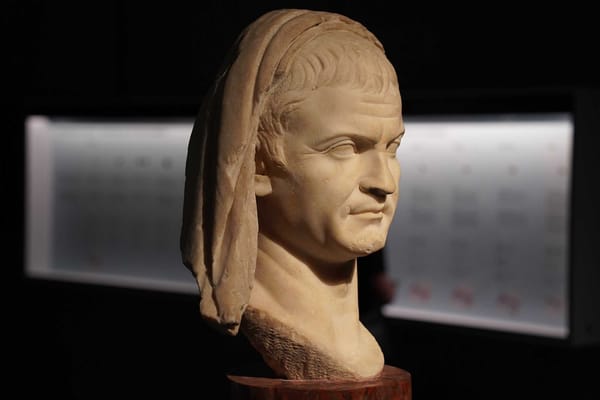
Power does not always announce itself. Sometimes it works quietly, close to the center of events, shaping outcomes while leaving few traces behind
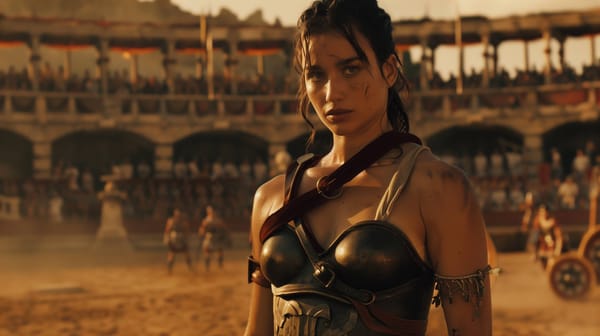
Female gladiators, known as "gladiatrices," were a relatively rare phenomenon in ancient Rome compared to their male counterparts, but they did exist and played a significant role in the spectacle of gladiatorial combat.

Across kitchens, workshops, and banquet halls, traces of a forgotten craft linger in scattered texts and quiet archaeological clues. What survives hints at small pleasures once woven into daily life, shaped by custom, technique, and the rhythms of the ancient table.
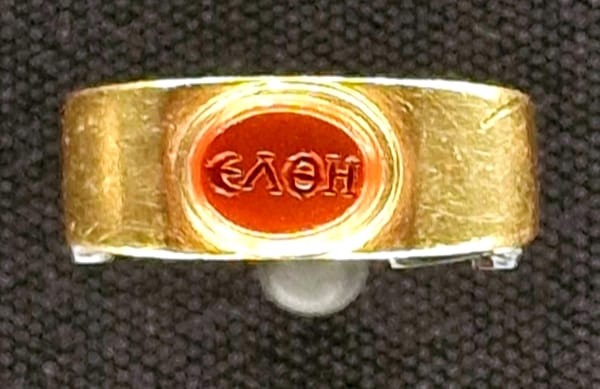
Some stories survive not through monuments or manuscripts, but through objects so small they could be hidden in a closed hand—yet they carried entire lives upon them.
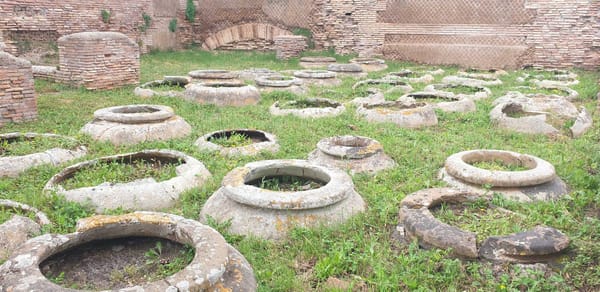
Among the overlooked features of Roman daily life were elements that carried a weight out of proportion to their silence, linking distant landscapes through routines repeated year after year.
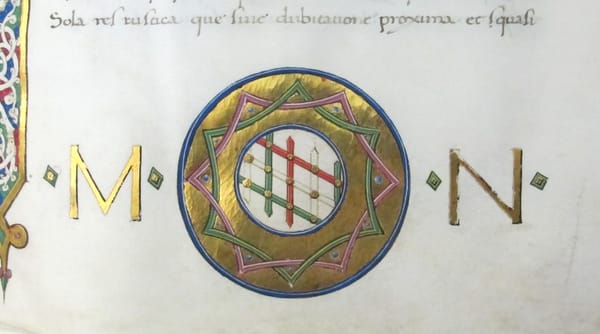
Some of Rome’s most enduring lessons were not carved in stone but preserved in quieter forms, where method speaks softly and the world behind the empire comes into view.
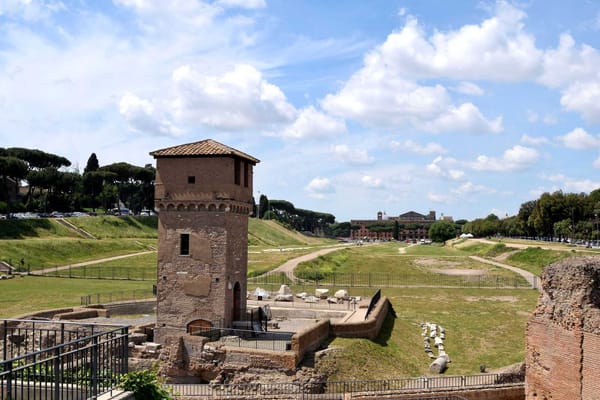
What survives now is only the emptiness of a vast space, yet it carries the weight of a city’s anticipation and the memory of its most restless hours.

What if one man, standing at the twilight of Rome, believed that the fate of peace depended on the art of war? His words, written more than 1,500 years ago, became the backbone of medieval strategy and echoed in the training grounds of emperors and knights alike.
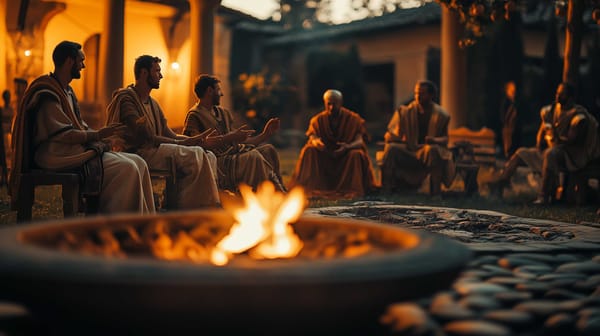
By using from simple to ingenious techniques, Romans managed to keep warm during the winter months.
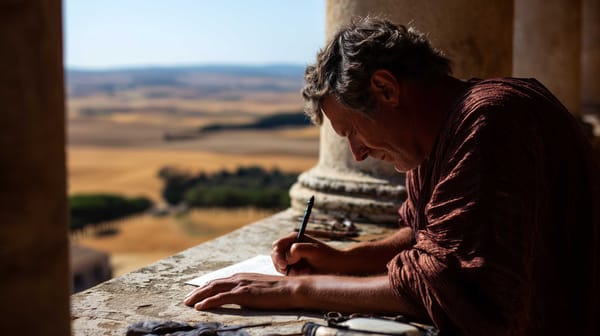
From Spain’s quiet frontier to Domitian’s court, Quintilian shaped Rome’s moral voice. His Institutio Oratoria united eloquence and virtue, teaching that only the good man can truly speak well.

Aelian, the Roman who wrote in Greek, turned away from the noise of empire to preserve its memory in prose. His Varia Historia and On the Nature of Animals gather fragments of wisdom and wonder, binding moral reflection to the art of remembrance.
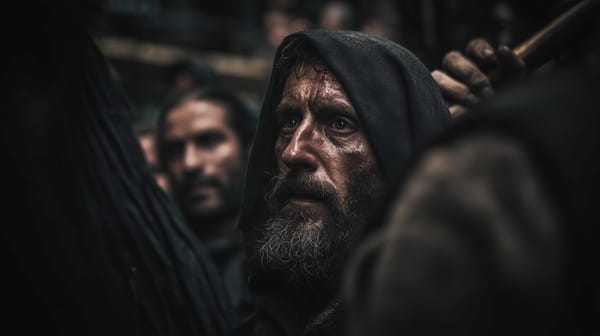
When death arrived by sea, Constantinople fell silent. Streets filled with the dead, incense rose over empty markets, and even the emperor took to his bed. The first pandemic of recorded history began with prayer—and an empire waiting for an answer.
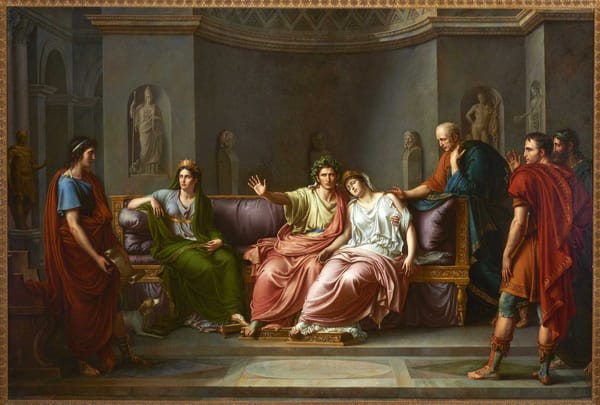
Roman Empire Historical Facts
Virgil transformed Rome’s past into prophecy and poetry into conscience. From the shepherds of Mantua to the heroes of empire, his voice became the soul of Rome’s Golden Age—and the eternal guide of Western imagination.
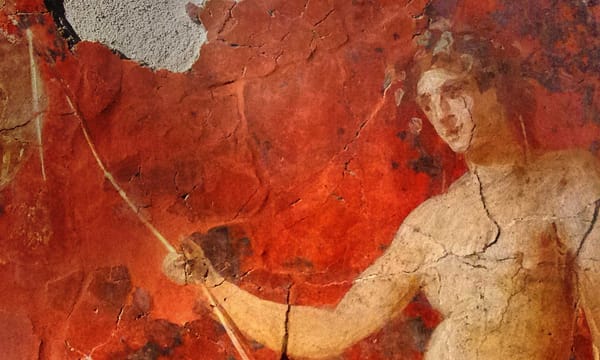
Roman Empire Historical Facts
In ancient Rome, religion was a public duty, not a private creed. Through ritual, sacrifice, and the worship of countless gods, Romans sought divine favor to sustain both state and soul, blending piety, power, and tradition into the fabric of empire.

Roman Empire News
Zuckerberg’s family dressed up as Romans for Halloween—simple costumes, big reactions. The look fits a long pattern: he keeps it low-key while steering attention. Rome had a word for that balance. So do markets.

Roman Empire Historical Facts
Long before Halloween, Romans held Lemuria—a midnight festival to appease ghosts with beans and bronze, guarding their homes from restless spirits.
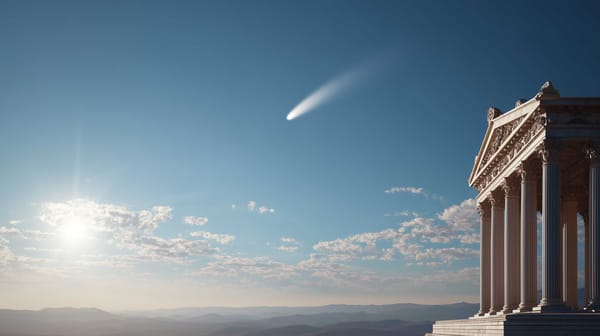
Roman Empire Anecdotes
In 44 BCE a bright star rose over Caesar’s funeral games. Romans called it the Julian Star. Poets, coins, and politics made it immortal. What really appeared—and how did it become proof of a god?
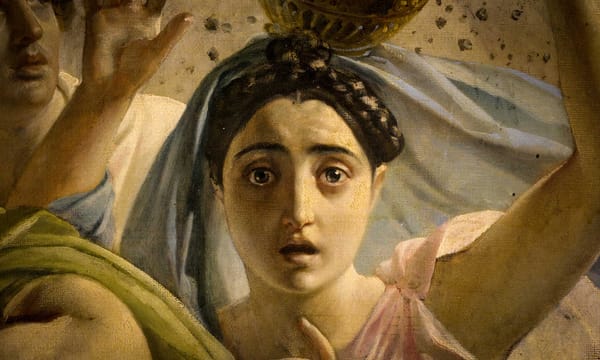
Roman Empire Historical Facts
In a world ruled by signs and shadows, the Romans saw meaning in every tremor and whisper. Fear was not weakness but wisdom—their way of reading a universe alive with gods, ghosts, and omens.
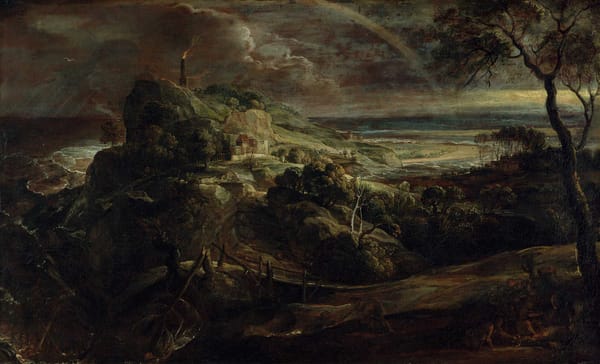
Roman Empire Anecdotes
Winter seas closed, rivers burst their banks, and rare “medicanes” raked the coast—yet Rome kept grain and shipping moving. The Empire had enforced weather rules, from mare clausum schedules and storm-proof ports to timed monsoon runs.
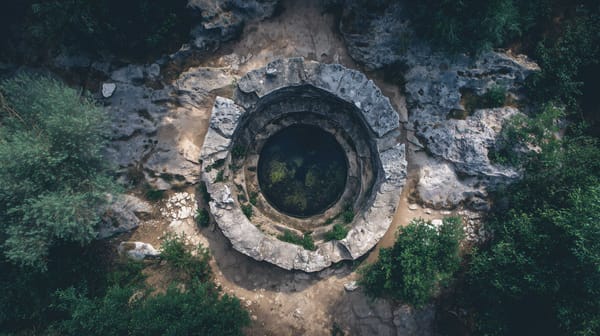
Roman Empire News
A decade-old excavation in Osijek, Croatia, revealed seven intact skeletons in a Roman well. A paper just published in PLOS ONE re-examines the find and argues they were likely soldiers from a third-century clash near Mursa.
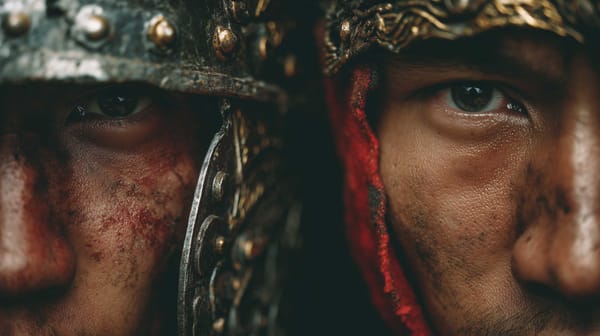
Roman Empire Historical Facts
Which empire really “ruled the map”? The answer depends on what we count and when we take the snapshot. Let's set the rules first—then follow three peaks (Rome under Trajan, Alexander’s lightning-built realm, and the Mongol high plateau) to see what the numbers can prove—and what they can’t.
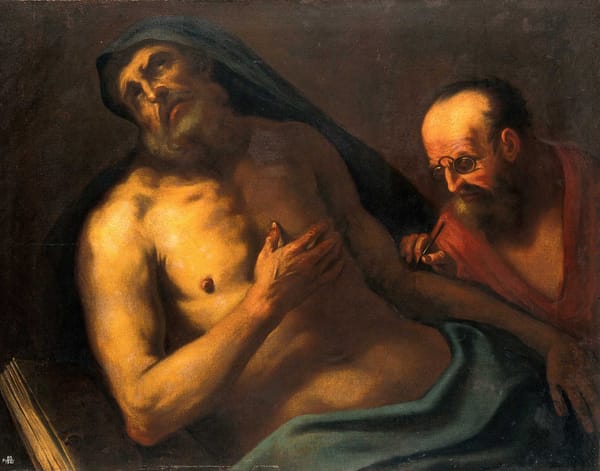
Roman Empire Historical Facts
Romans spoke of voluntaria mors—“a voluntary death”—long before Europe coined the word “suicide.” From Cato at Utica to Seneca in a warm bath, and from battlefield honor to comic threat, the Roman world weighed self-killing through philosophy, law, and performance.
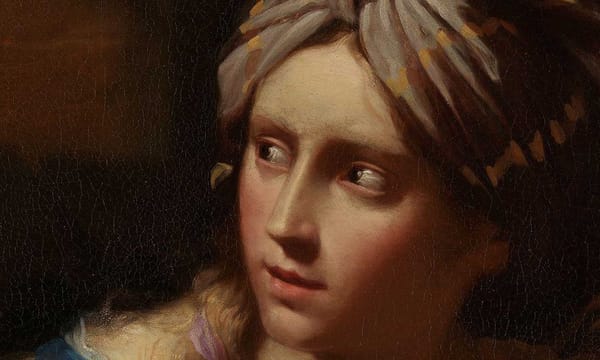
Roman Empire Anecdotes
Artists treated a specific theme as lesson, controversy, and dare, painting it in registers that range from luminous piety to disquieting eroticism.
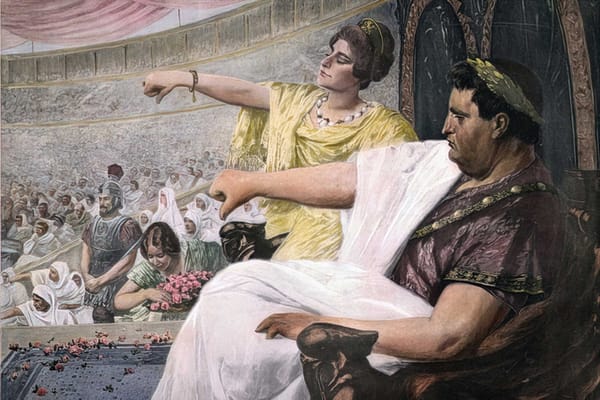
Roman Empire Historical Facts
Through myth, theatre, and fire, Nero transformed scandal into legend. Reviled by elites yet adored by crowds, he turned empire into stagecraft and himself into Rome’s most enduring paradox.
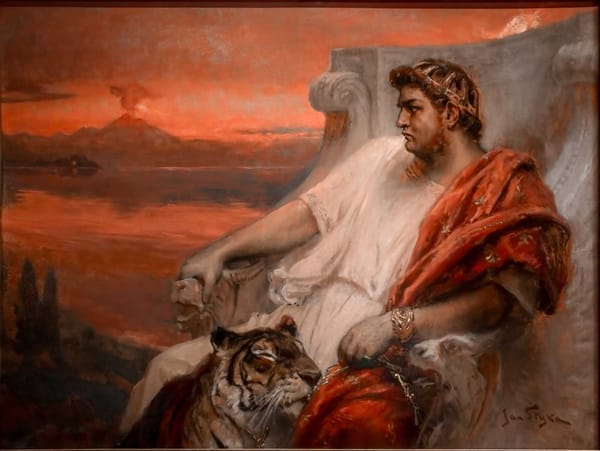
Roman Empire Historical Facts
Nero’s legend was forged as much by writers as by deeds. Between art and atrocity, he cast himself as performer-emperor, rebuilt Rome in spectacle and stone, and left a trail of verses, scandals, and lampoons—until the line between ruler and stage all but vanished.
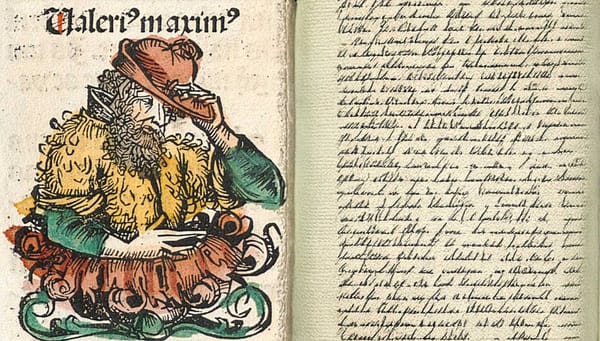
Roman Empire Anecdotes
In Tiberius’ cautious age, Valerius Maximus turned Rome’s past into a manual of virtue. His exempla taught how to speak of courage, justice, and restraint—while his silences reveal the moral tensions of imperial power.

Roman Empire News
A Roman Nessie? The literary record is quiet, yet northern stones, a saint’s tale on the River Ness, and a 20th-century media storm keep the question alive.

Roman Empire Historical Facts
Aurelian rose from the ranks to stitch a broken empire back together. In five relentless years he beat back invaders, reunited provinces, fortified Rome, reformed money, and crowned the restoration with Sol Invictus—a brief reign, a durable repair.